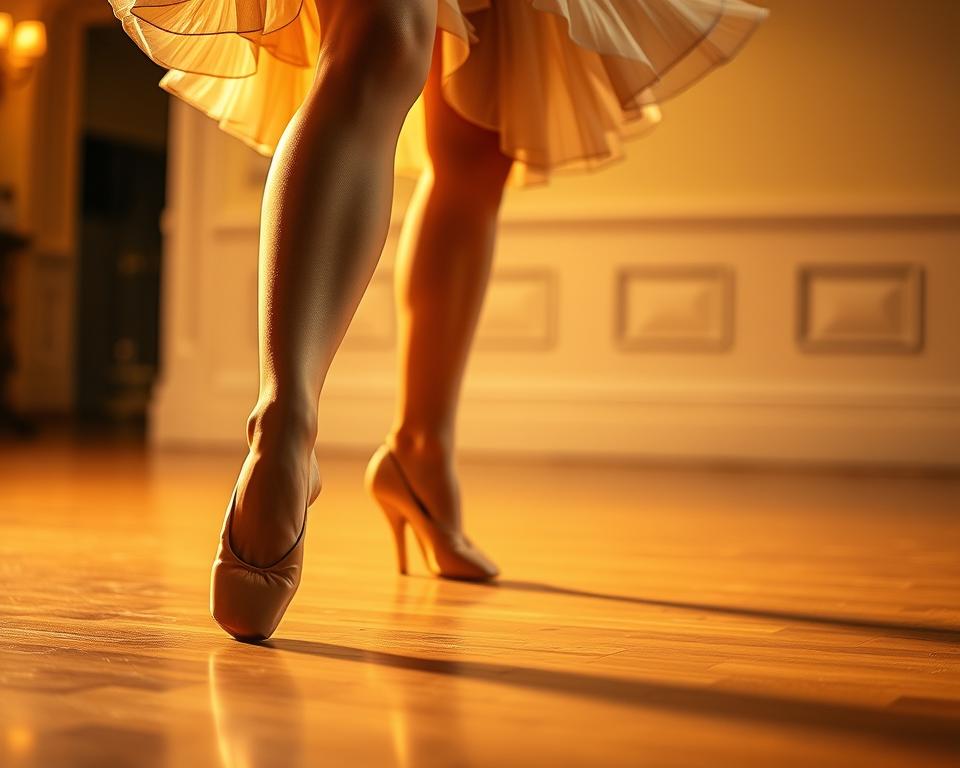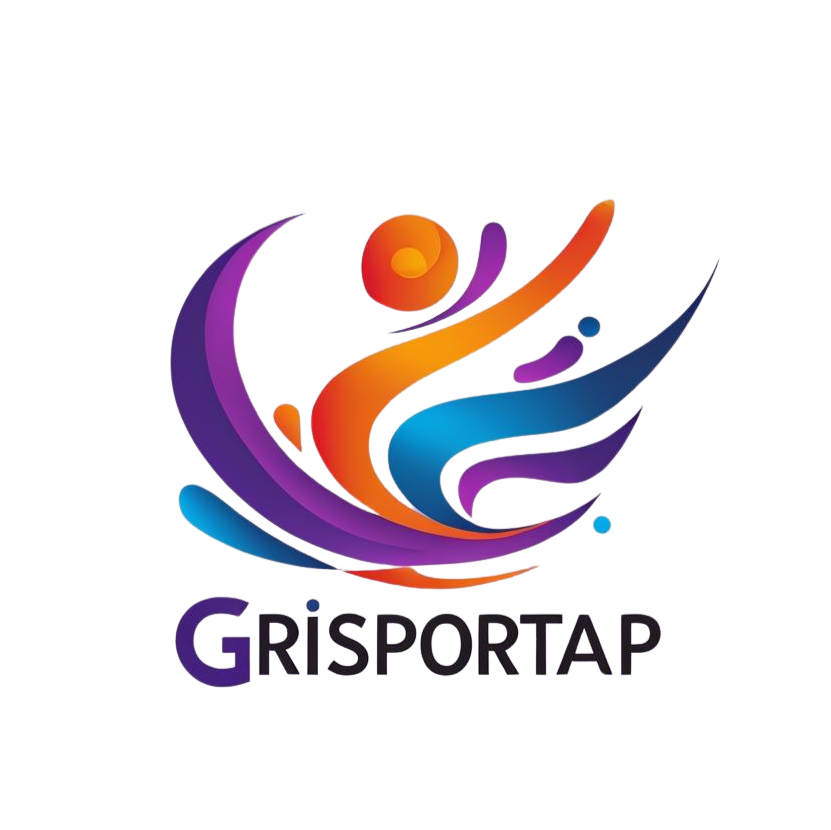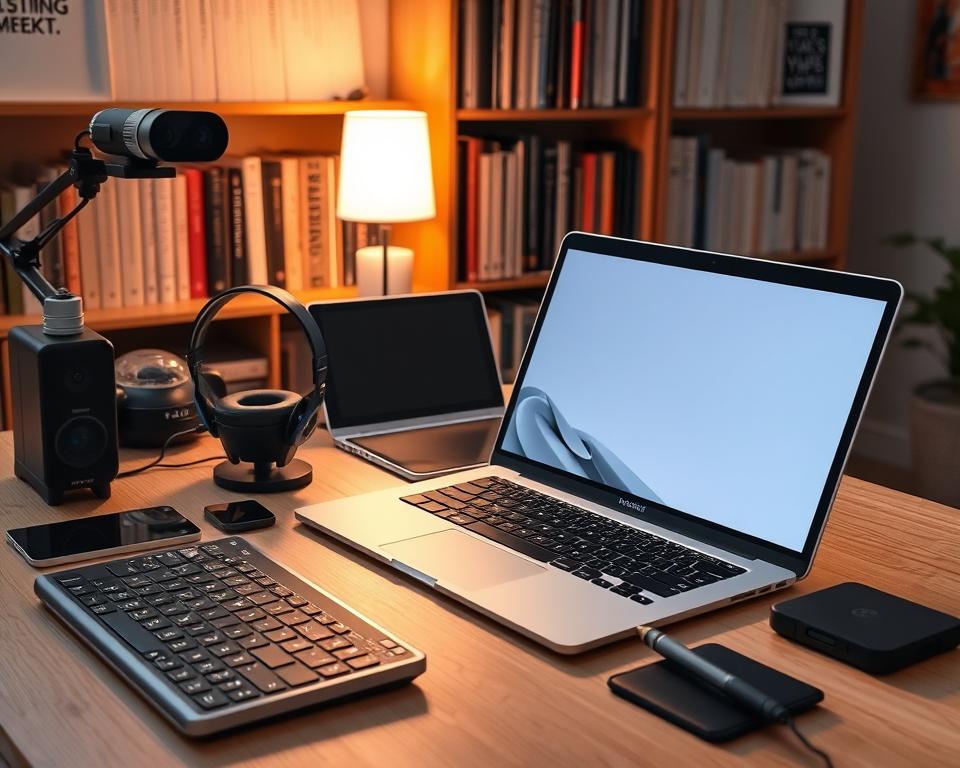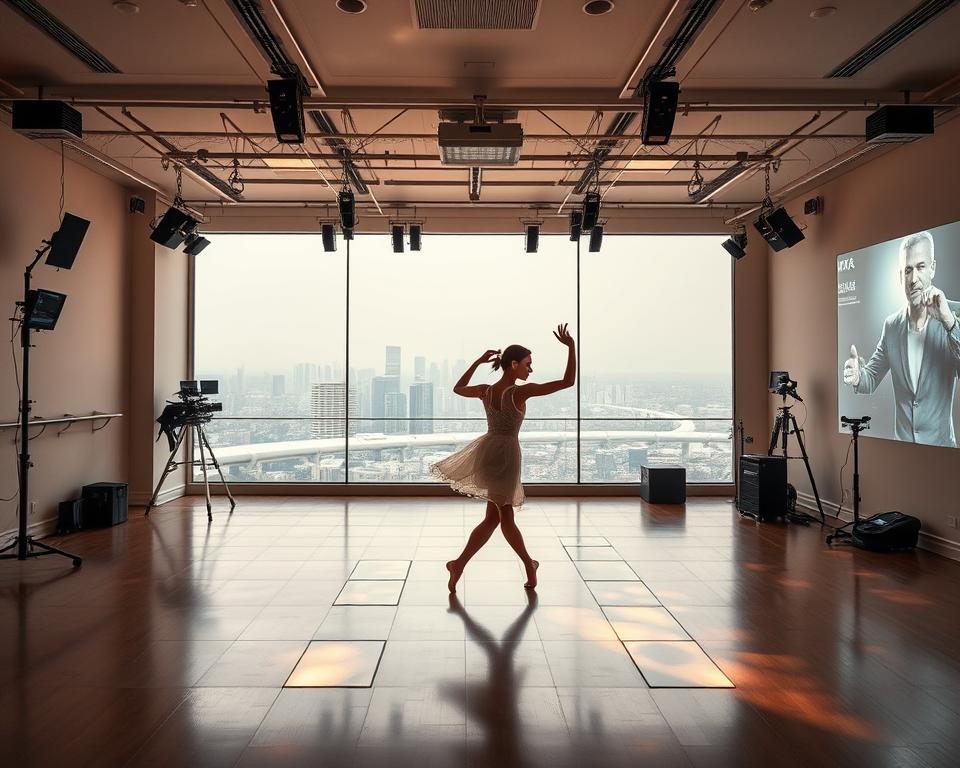Curious whether you can build a steady, safe dance journey at home in 2025?
You can — with clear goals, small steps, and the right tools.
This guide helps you get started responsibly. It shows how accessible platforms like STEEZY make beginner classes affordable. Membership costs around $20 per month or $99.99 yearly and includes full beginner programs and useful features such as mirror mode, loop sections, speed control, and multiple camera views.
At-home practice can be simple. Use a sturdy chair as a barre, add floor markers for turns, and watch for low shock absorption on some floors when you jump. Balance online lessons with occasional in-person classes if you can.
You’ll find practical tips on goal-setting, steady learning, safety, and when to seek a qualified instructor or health professional. Follow the short starter plan here and keep your progress enjoyable and real.
Introduction: Why dance technology matters for your beginner journey in 2025
Modern platforms let you practice safely from home, on your own schedule. They lower cost and remove many barriers. With a monthly subscription you can fit short sessions into busy time blocks. This makes steady progress realistic.
Context and relevance for beginners in the United States
Online programs now mirror studio paths. For example, Intro to Ballet courses often include 25 classes of 30–45 minutes each. That structure replaces expensive drop-ins. Many U.S. beginners find monthly access around $20 saves money versus $35 single classes.
What “dance tech” includes today: apps, AR/AI tools, and online studios
Modern offerings mix recorded lessons and interactive tools. You can use apps like Dance Reality or Just Dance Now for playful practice. AR overlays show step placement. AI gives pose feedback and tracks progress.
How to use this guide responsibly for steady, enjoyable progress
- Keep sessions short and consistent.
- Use mirror, loop, and speed controls to build confidence.
- Listen to your body and rest when needed.
- Seek qualified instructors for form checks or injuries.
Use the steps here as a clear way to grow. Celebrate small wins and focus on steady gains.
How to Start in Dance Technology Even as a Beginner
A single, simple target for 30 days can turn short sessions into real progress.
Set one clear goal for the first month. For example, complete 12 beginner classes or learn one short routine. Keep the aim specific so you can measure progress each week.
Match your learning style. Choose follow-along video classes if you like structure. Try interactive apps for prompts and gamified feedback. Use AI tools when you want instant form checks and repeatable step feedback.
Plan short practice blocks of 20–40 minutes. Use loop and speed control to break tough sections into manageable steps. Mirror and camera views help refine alignment without rushing.
- Track small wins weekly, like cleaner arm lines or smoother transitions.
- Mix technique drills with a fun combo to keep motivation high.
- Schedule 1–2 rest days so your body recovers.
Choose your dance style: hip-hop, ballet, K-pop, salsa, or a fun blend
Pick a style that makes you grin when the track plays. Let joy lead your choice first. Then match that feeling with a realistic goal and a safe pace. Avoid promises of quick mastery—steady practice wins.
Pick by music and movement you enjoy
Choose by the music that excites you so practice feels like play. If clean lines and posture appeal, try ballet. If grooves and swag call you, explore hip-hop or breaking.
Pick by learning goal: technique, choreography, or creativity
Match your aim with the right style. Want strong technique? Ballet and jazz help. Want precise routines? K-pop offers structured combos. Want free expression? Contemporary or freestyle builds creativity.
- Sample short combos from STEEZY or YouTube teachers like Matt Steffanina.
- Try solo salsa drills before partner work.
- Limit yourself to one or two styles at first.
- Watch how beginner-friendly dancers break down moves.
- Revisit styles each month if motivation dips.
Set up your safe home studio space
Create a safe corner in your home where practice feels reliable and calm. A small, well-organized area keeps your focus on form and steady progress. Think simple gear that protects your body and supports clear movements.
Flooring, space, and non-slip surfaces for turns and jumps
Clear a tidy space free of obstacles so your movements remain safe and controlled. Use a non-slip mat or dance-specific flooring to reduce sliding and protect joints.
Limit big jumps and multi-turns at home. Most floors lack studio-level shock absorption, so modify impact with relevé drills or smaller jumps.
Consider suede patches or dance stickers for cleaner turns on wood or laminate floors. Even with a shock-absorbing mat, large impacts may still feel hard.
Mirrors, lighting, and a sturdy “barre” using a chair
Place a mirror or use your device’s camera view for alignment checks and cleaner lines during each class. Add soft, even lighting so you can see foot placement clearly.
Repurpose a sturdy chair as a barre for balance during pliés and leg work. Wear supportive shoes or socks matched to your floor to manage friction safely.
- Keep water nearby and take short breaks so practice stays comfortable and focused.
- Warm up and cool down every session and check your surface before adding impact.
- Respect neighbors below: lower impact by choosing relevé drills over jumps.
Platforms and apps to learn faster and smarter
Choosing the right platform can cut costs while giving you useful practice controls and structure. Many services bundle clear lesson paths, short videos, and tools that help you repeat tough spots until they click.
STEEZY overview: cost, features, and class structure
STEEZY offers full access for about $20 per month or $99.99 yearly. You get styles like K-pop, heels, breaking, contemporary, jazz, and a 25-class Intro to Ballet program. Courses run as bite-sized lessons you can repeat.
Helpful controls that speed learning
- Mirror mode flips the instructor so left/right feels natural.
- Loop sections and speed control let you isolate tricky parts and slow the music.
- Camera view offers a real-time self-check so you compare shapes easily.
- Use playlists or view sections to jump straight to warm-up, drills, or choreography.
AR/AI tools and budget comparison
Tools like Dance Reality and Just Dance Now add overlays and basic pose checks. They help with spatial placement but don’t replace a live teacher for detailed form feedback.
For many people, subscriptions lower the per-class cost versus a single studio drop-in (pre-2020 NYC drop-ins ran about $35). Try different beginner courses in one membership, and schedule occasional live sessions when you want personal feedback.
Learning with AI and AR: feedback, form, and real-time tips
Smart sensors and overlays give clear, fast feedback so you know what to fix next.
Use pose analysis to compare your lines with a coach demo and get targeted technique notes. Apps like Dance Reality and Just Dance Now can flag differences in shoulder placement, hip alignment, and timing for simple corrections.
Pose analysis and side-by-side comparisons
Record short clips and watch them next to the instructor. Side-by-side views help you spot weight shifts, head placement, and range of motion with clear visual context.
AR overlays to visualize steps in your space
Turn on overlays to see foot paths and arm patterns projected on your floor. This visual breakdown makes spatial steps easier and reduces guesswork during practice.
Progress tracking to see improvements over time
Track weekly metrics so you notice smoother moves and cleaner timing. Use one correction per run, keep sessions short, and use a tripod so framing stays consistent across days.
- Treat AI notes as guidance and confirm major alignment principles with trusted classes or coaches.
- Protect privacy: check stored data and app permissions before you record.
- Combine tech insight with slow, focused practice to lock changes in safely and steadily.
Build a practice routine you can stick with
Small, regular sessions beat occasional marathon practices for long-term gains. Keep plans simple so you can follow them on busy days. Focus on consistency over intensity and make room for rest.
Short, consistent sessions with warm-up and cooldown
Aim for 20–30 minutes, 3–5 days per week to build skills without burning out. Begin each session with a gentle warm-up to prepare your body and reduce strain.
End with a brief cooldown so muscles settle and you feel ready for the next session. If you miss a day, come back lighter—consistency matters more than perfection.
Use loop mode and slow speed to master tricky sections
Use loop and slow speed to repeat one step until it feels smooth and controlled. Alternate focus days: footwork one day, arms and grooves the next for balanced gains.
- Aim: short sessions that build steady progress.
- Modify: swap big jumps for relevés in home practice to protect floors and neighbors.
- Track: record a weekly run-through to spot improvements and plan your next focus area.
- Keep it fun: add a favorite track or quick combo so practice stays motivating.
Celebrate small wins like steadier balance or cleaner transitions. Those tiny wins stack into real progress over weeks, and they keep your love for dance alive.
From steps to choreography: timing, music, and performance presence
Counted phrasing helps music and movement click together. Begin by hearing the phrase and saying the counts aloud: 5-6-7-8. That simple habit links rhythm and footwork quickly.

Learn in small chunks. Break choreography into short sections you can loop. Use slower speeds, then raise tempo as your confidence grows.
Match accents in the music with clear shapes. Mark through high-impact parts lightly while learning to protect joints and floors.
- Count and map each phrase so timing feels natural.
- Link short chunks so the moves flow without overwhelm.
- Rehearse transitions so momentum stays steady between sections.
- Film a full run to check facings, timing, and energy.
- Practice with and without a mirror to develop internal rhythm and stage presence.
Add expression after steps feel secure. Keep shoulders relaxed and breathing steady. Play with dynamics—soft versus sharp—to make dances feel alive. Use class tools like loop and speed control to refine both technique and presence safely.
Community, creativity, and posting responsibly on social platforms
Short clips let you highlight progress and invite helpful feedback from peers. Sharing work can boost your confidence and help you connect with other creators. Be mindful: respectful posting protects you and the people who taught you.
Shoot clean, clear content. Film at eye level with steady light on your face and a tidy background. Keep cuts simple so your movement stays the focus.
Tips for short-form videos: framing, lighting, and edits
Use one steady angle and avoid over-editing. Small, tasteful apps effects like Motionleap or Zoetropic can add polish, but let the movement lead.
Following trends thoughtfully while keeping your unique style
Pick trends that fit your voice. Credit choreographers and original dancers when you learn dance routines from tutorials. That shows respect and helps your community grow.
Respecting music rights and community guidelines
Check platform libraries before you upload. Use licensed tracks to avoid takedowns. If feedback or comments harm your wellbeing, mute, filter, or disable them.
- Shoot at eye level with steady light and clear space around your frame.
- Keep edits simple; prioritize clean takes that showcase movement clearly.
- Credit choreographers and original dancers when you learn dance routines.
- Use apps thoughtfully for subtle effects; your motion should remain central.
- Choose trends that fit your style so your voice stays authentic.
- Check music rights within platform libraries to avoid takedowns.
- Disable comments or filter keywords if feedback stresses you.
- Share process clips, not only polished runs, to build real connections.
- Engage kindly; thoughtful feedback builds supportive networks.
- Post at a pace that works for you; steady practice wins over quick fame.
Safety and wellness for beginners
Smart modifications let you build strength and movement quality without risking floors or neighbors.
Home floors rarely match studio shock absorption. Keep high-impact drills gentle until you confirm surface and neighbors will tolerate impact.
Landings, shock absorption, and when to modify at home
Warm up joints and major muscles before any practice that includes impact.
Replace high-impact jumps with low-impact variations or strength drills when your space or floor feels firm.
- Practice clean landings: absorb through feet, ankles, and knees with control.
- Focus on alignment and basic technique: knees track over toes and the spine stays neutral.
- Limit repeated turns on hard floors; favor single turns and spotting drills first.
- Use a grippy mat and test friction before you add speed or sharper movements.
If you feel sharp pain, stop and rest. Do not treat this as medical advice—consult a qualified professional when concerns arise.
Clear your practice space, cool down with gentle mobility, and increase complexity only when foundations feel stable. For more detailed online safety guidance, see online safety guidance.
Budget, gear, and a 30-day starter plan
Practical purchases and a clear plan let you build skills without overspending.
What to buy now versus later: shoes, mats, and accessories
Buy now: a non-slip surface, water bottle, and a sturdy chair you can use as a barre. Add low-cost dance “stickers” for cleaner turns and safer foot placement.
Buy later: style-specific shoes like ballet flats or jazz shoes once you commit. Specialty gear can wait until you know your favorite class or style.
“One month of an online platform often costs less than a single local class.”
Sample 30-day plan mixing tutorials, technique, and fun routines
Schedule 3–4 classes per week at 20–40 minutes, plus one light review day. Track two measurable skills: cleaner arm paths and steadier weight transfers.
- Week 1: warm-up, posture, basic steps; build consistency.
- Week 2: add short combos and repetition with loop and slow speed.
- Week 3: balance and turn drills (modify jumps), plus one fun routine.
- Week 4: connect sections into short choreography and film a progress clip.
- Budget tip: try one month of STEEZY-style membership (~$20) before buying specialty gear.
- Reassess at day 30: renew the membership, try a new style, or add an in-person beginner class.
Conclusion
Let short, regular sessions guide your progress while tools help you repeat tricky moments.
You have a clear path for this journey: steady practice, smart tools, and gentle goals. Use loop, mirror, and speed controls to revisit steps and build confidence in your home studio, and save high-impact moves for rooms built for impact.
Choose dance tutorials that match your goals. Add one in-person dance class or a visit to a local dance studio when you want live corrections and community energy.
AI and AR could help with alignment checks, but consistency matters most. Celebrate small wins, keep notes on what you’ll try next, and ask a qualified teacher if form or discomfort worries you.



